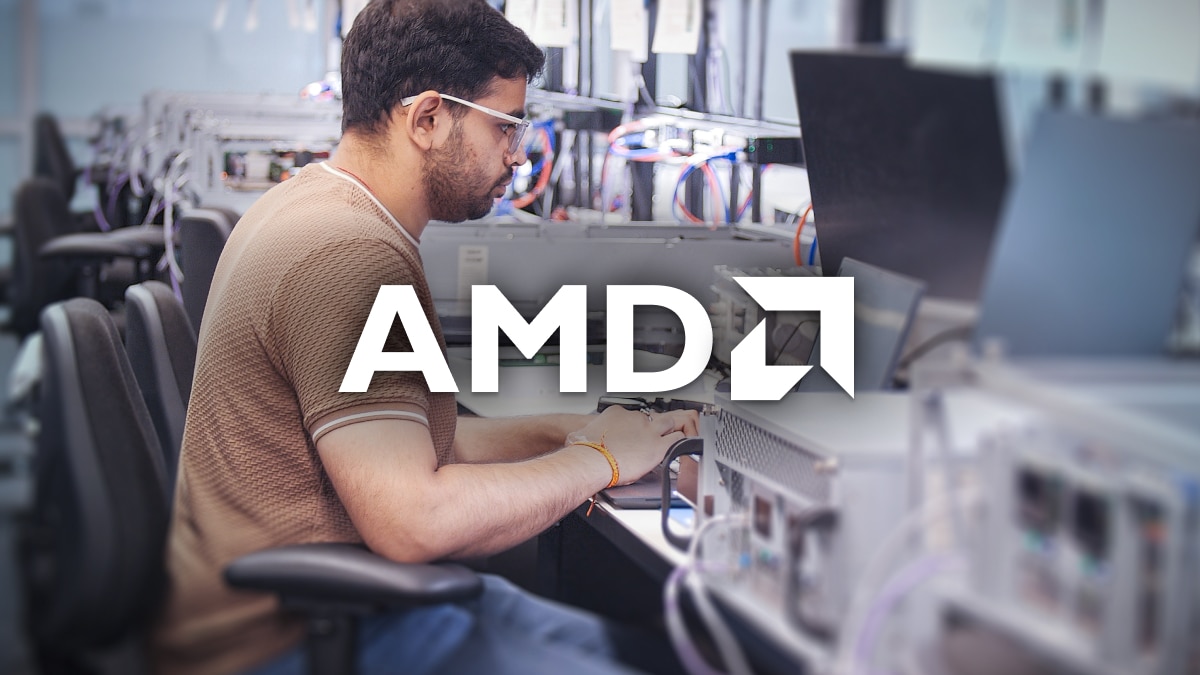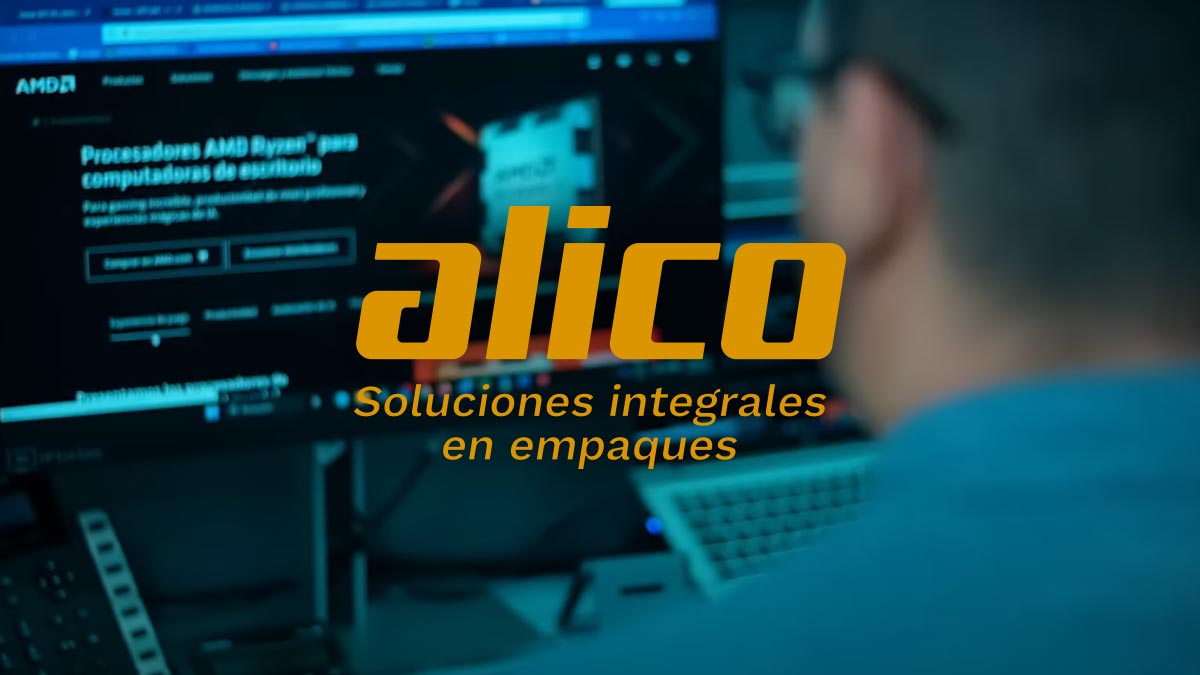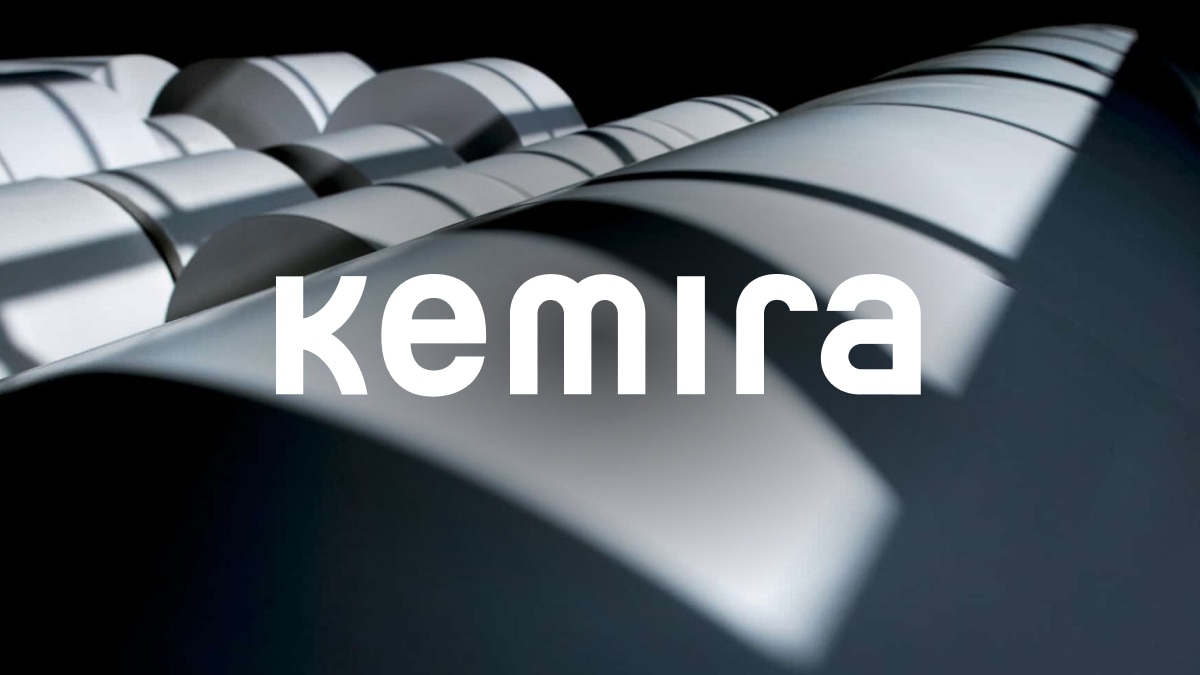Murata accelerates component design simulation with AMD
Murata tripled its simulation performance with the same data center footprint while improving energy consumption by deploying AMD EPYC™ CPUs
Designing computer components requires extensive simulation to optimize production, which needs significant data center performance. With over $10 billion annual revenue and a history going back 80 years, Murata Manufacturing Co., Ltd, is one of the leading companies in this market. AMD EPYC™ processors have enabled Murata to increase simulation performance while keeping its costs and data center footprint under control.
“Murata is supplying components all over the world,” says Hiroshi Yonekura, principal engineer, Murata. “We focus on high-frequency devices. We do development, manufacturing, and designing of those devices and use computer resources to simulate them. Our radio filters extract a high frequency that is required for telecommunication and pass it to the device on the next stage. Then that signal is amplified and sent to smartphone-based stations. We design and manufacture these filter modules and power amplifiers for smartphones.”
Computer-powered simulation is key to this process. “The challenge for us is computation, without which we couldn’t make anything,” says Yonekura. “This is especially true for radio waves, since the signals are not visible. We must visualize the electromagnetic field or heat behavior. This requires simulation, which must be performed very quickly and precisely to accelerate development work and create high performance devices. This calls for powerful computers. We use ANSYS® HFSS™ and another simulation tool named Femtet that is made by our affiliate company, Murata Software, to confirm the performance of a particular product using simulation workloads.”
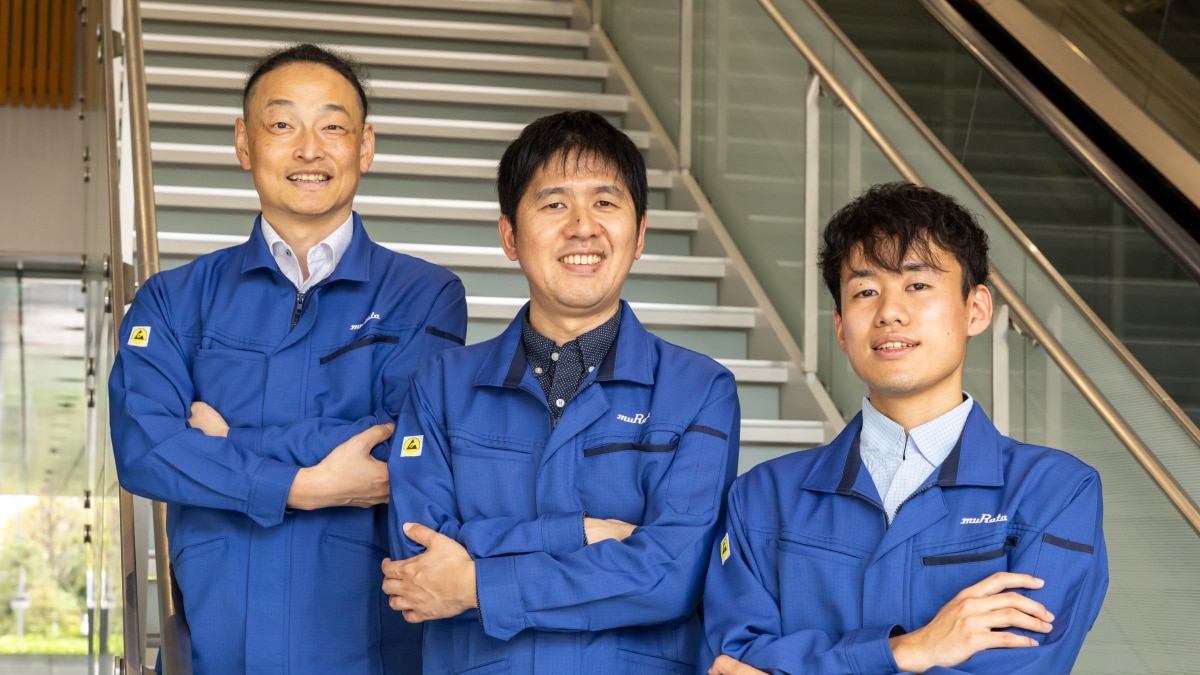
Improved simulation speed with AMD EPYC CPUs
The focus on simulation means Murata is always looking out for opportunities to upgrade its data center performance. “When AMD released the 3rd Gen EPYC CPU, we did a benchmark test against our own in-house simulator,” says Yonekura. “The result was excellent, which was why we decided to switch to EPYC. We were very satisfied with 3rd Gen AMD EPYC CPUs, because they gave us 1.5 to two times higher simulation speed compared to the competitor's CPUs we had used before.”
“Dell offered us a test machine for this benchmark,” says Yonekura. “We required a high-density solution, and Dell helped us to specify the right structure and selection of peripherals. By introducing a new server environment, we wanted to use simulations to analyze new characteristics. In telecommunications, we need to analyze a frequency in a certain range. Previously we did a relatively rough calculation for that model, but we couldn't see a very detailed response. With better analysis we can see more detail. To do that we have to divide the frequency's range into much smaller pieces to perform more intensive simulation.”
When AMD launched the 5th Gen EPYC CPU, Murata was eager to see the additional performance this could deliver. “We achieved great results from benchmarks with Ansys HFSS and Murata Software's Femtet®,” says Yonekura. “We compared 5th Gen to 3rd Gen AMD EPYC processors. With HFSS, the analysis speed was improved by 30 percent and Femtet by 20 percent. In addition to that, we changed the bandwidth for AVX-512, 256 bits to 512 bits. That simple change gave us an additional 30 percent improvement in speed.”
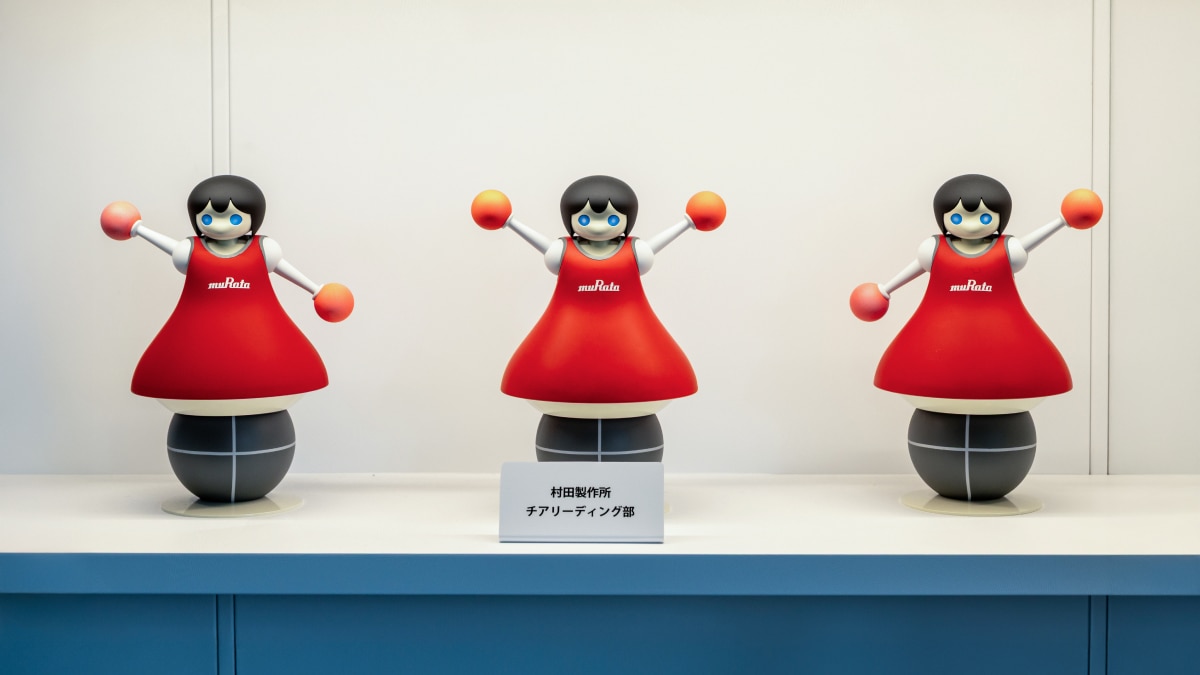
Many more cores in the same data center space
While Murata could have opted for GPUs to accelerate its workloads, the company decided that AMD EPYC CPUs would better meet its needs. “If we decided to use GPUs, we knew that would mean a very long delivery time,” says Yonekura. “Also, GPU memory sizes will not be able to address our future requirements for large-scale processing calculations. That's why we decided to use high core density AMD CPUs instead.”
Murata had a smooth transition to AMD EPYC processors and from 3rd to 5th Gen CPUs. “Our in-house software workload was migrated to EPYC with ease, thanks to full compatibility,” says Yonekura. “We then optimized performance by recompiling for AMD EPYC CPUs. To help us optimize HFSS, the AMD engineers swiftly contacted Ansys and then guided us in configuring the system to force HFSS to use the math library, dramatically improving performance. It was easy to go from AVX-256 to AVX-512, however. We simply changed the BIOS setting.”
“With the servers powered by 5th Gen AMD EPYC CPUs, we are now able to utilize their twelve-channel high-speed memory bandwidth,” adds Yonekura. “This allows us to minimize performance degradation when we perform multiple simulations at the same time on a single server. We can reduce our cloud service usage time and achieve great cost reduction. Also, our server room did not have much extra space. With the high-density AMD EPYC CPUs, we can now have many more cores in one rack, saving considerable footprint in the server room.”

Three times the data center performance
The performance and energy savings have been considerable. “Our data center performance has improved by more than three times in the same amount of physical space with 5th Gen AMD EPYC CPUs,” says Tatsuya Yamada, senior engineer, Murata. “We only need a single server to process the same simulation we had previously used multiple machines for. This means we are experiencing better energy efficiency and decreased power consumption. Computation performance has improved by three times or more, but the power consumption just doubled, meaning two-thirds the energy for the same compute ability.”
The better performance also improved Murata’s Ansys licensing efficiency. “Ansys charges based upon the number of cores used, so when we increase the number of cores we are using, that license fee goes up,” says Yonekura. “But as we are now able to use faster cores, we can reduce the time required for calculation, lowering the licensing costs overall.”
The consistent range and roadmap offered by AMD helped Murata choose the right CPUs for its needs. “We found the product lineup of AMD EPYC CPUs very simple,” says Yonekura. “It was very easy for us to select SKUs, and the product release was right on time. It was simple for us to plan our implementation. The important features of AMD EPYC processors for Murata are having many cores with low power consumption.”
Overall, Murata has found AMD EPYC CPUs delivered everything the company needed. “Now about 75 percent of our workloads run on AMD EPYC processors, including 3rd Gen AMD EPYC 7543 and 5th Gen AMD EPYC 9655 CPUs,” says Yuya Nobe, engineer, Murata. “The latest deployment equipped us with a large volume of servers, which can be used for another two to three years. But we know that simulation calculation volumes are constantly going up, so we plan to use extra servers powered by AMD EPYC processors for future deployments. With their power efficiency and performance, companies would do well to consider AMD EPYC CPUs.”

About the Customer
Murata Manufacturing Co., Ltd. is a global leader in designing and manufacturing advanced electronic components, modules, and devices. Headquartered in Kyoto, Japan, Murata specializes in ceramic passive electronic components and holds dominant market shares globally. Its products are crucial in communications, mobility, industrial, healthcare, and consumer electronics markets. Murata focuses heavily on R&D, driving innovation in areas like 5G, IoT, and automotive electronics, contributing significantly to the high performance of modern electronic devices. For more information visit murata.com.
Case Study Profile
- Industry:
Electronic module and component design and manufacturing - Challenges:
Improve the detail of simulations for design of high-frequency radio filter components - Solution:
Deploy Dell PowerEdge servers powered by 3rd Gen AMD EPYC™ 7543 CPUs followed by 5th Gen AMD EPYC 9655 CPUs in its data center servers - Results:
1.5-2x better performance when upgrading from previous competitor platform to 3rd Gen AMD EPYC CPUs; 3x better performance and 66% energy consumption reduction with 5th Gen AMD EPYC CPUs - AMD Technology at a Glance:
3rd Gen AMD EPYC 7543 CPUs
5th Gen AMD EPYC 9655 CPUs - Technology Partners:




